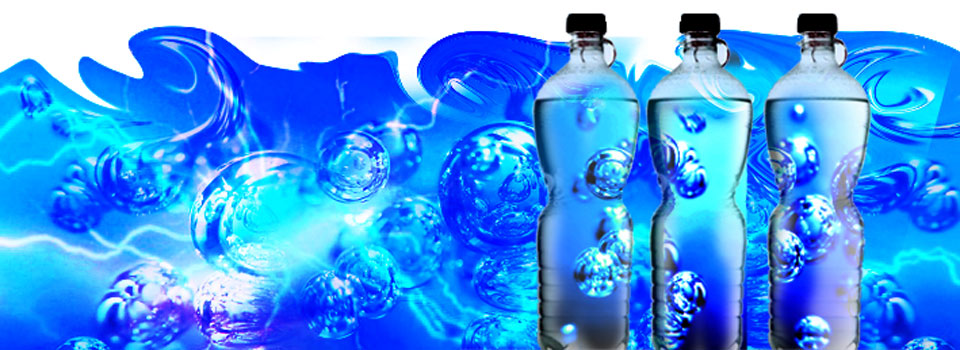Health-conscious consumers know the benefits of eating high-antioxidant foods like fruits, vegetables, beans and nuts. A University of Georgia researcher has uncovered a way to provide antioxidant-rich water in a bottle.
For 10 years, UGA food scientist Yen-Con Hung has studied electrolyzed oxidized, or EO, water. EO water is created when a saltwater solution goes through an electrolysis process, which separates the water’s positive and negative ions. This makes two forms of water: one very acidic and one very alkaline.
“Alkaline EO water has low dissolved oxygen, high dissolved hydrogen and functions as an antioxidant,” Hung said.
The problem is it can be unstable, he said. Its antioxidant capacity, or OPR reading, can quickly change from a strong antioxidant to a strong oxidation agent.
The UGA Research Foundation has filed for a patent on Hung’s process that allows the alkaline EO water to be bottled with its high antioxidant benefits remaining stable for more than six months.
“The water isn’t new,” Hung said. “Consumers in Japan, Asia, Europe and the U.S. have been drinking it for years.”
What is new is alkaline EO water as a bottled product in the marketplace.
“Right now, you have to have an EO water generator to get the benefits of the drinking water,” he said. “And they cost from $1,000 to $3,000, which doesn’t fit into most household budgets. Our invention preserves the healthful properties of the water and makes it so more people will be able to enjoy the benefits.”
There is no taste different between alkaline EO water and traditional bottled waters. “That’s the beauty,” he said. “It’s just like drinking water you are use to, but you get many additional benefits.”
The EO water shouldn’t cost much more than currently available bottled waters, he said.
“The next step is for us to find a company that wants to license the technology and begin providing the water to the public,” Hung said.
Scientists in the UGA College of Agricultural and Environmental Sciences are studying ways to use the acidic EO water produced with the electrolysis process to control food-borne pathogens on plastic kitchen cutting boards, fresh poultry and lettuce, and to fight diseases on greenhouse plants.
“This water drastically cuts down the levels of salmonella and campylobacter on chicken carcasses,” Hung said. “It would be a very effective addition to chicken processing plants.”
Acidic EO water can be up to 10 times more effective at killing harmful bacteria than traditional methods.
